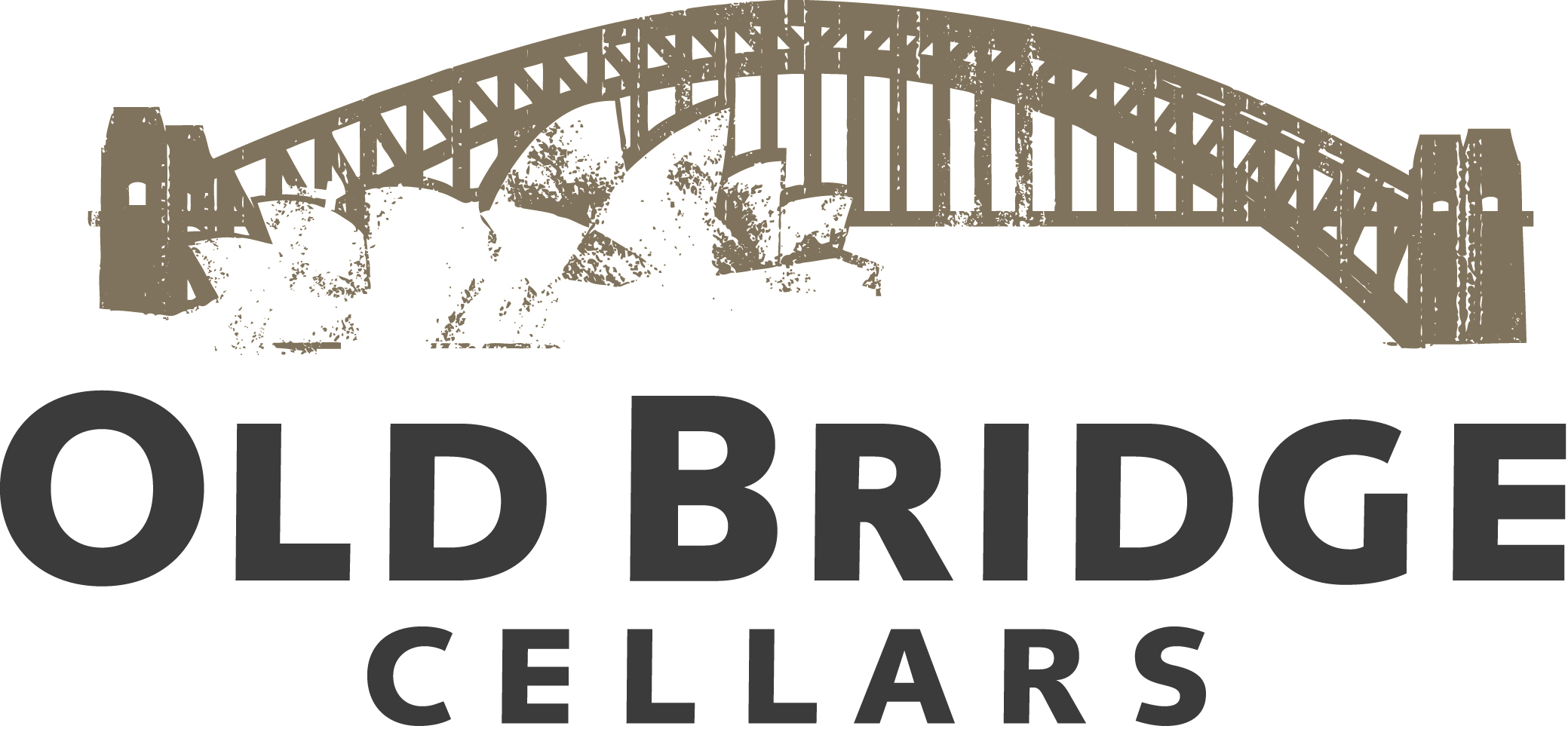Everything You Need to Know About Aussie Pinot Noir
WineEnthusiast.com
October 23, 2015
by Joe Czerwinski
Want to counter all the negative stereotypes and caricatures of Australian red wines as massive, over-the-top fruit bombs? Just taste one of these top Pinot Noirs.
While large parts of the country are too hot to grow Pinot Noir, these wines come from some of the continent’s coolest corners. Lapping on one hand against the ice shelves of Antarctica and the other against the shores of Australia, the frigid Great Southern Ocean moderates temperatures all along the southern fringes of the world’s driest inhabited continent.
Along this shoreline, temperate climates influenced by altitude and the Great Southern Ocean yield Pinot Noirs that feature surprising subtlety and finesse. While I’ve tasted one or two excellent examples from Western Australia’s Great Southern Region, down around the town of Denmark, the wines most widely available in the United States come from four regions further to the east.
Yarra Valley
Early European settlers identified the Yarra Valley as a prime vineyard location by the mid-19th century. The moderate climate and proximity to Melbourne led to a proliferation of wineries, many of which have since been resurrected, like St. Huberts, Yering Station and Yeringberg. By the turn of the 20th century, close to 1,000 acres of vines had been established.
But neo-prohibitionist sentiment and economic depression took their toll. By 1937, the last Yarra wineries shut their doors. For close to 40 years, the valley remained dormant, until a new generation of winery owners arrived.
For the most part, these were Melbourne doctors and lawyers, often educated in Europe, and exposed by travel and wealth to the finer things in life—including wine. The late 1960s and ’70s saw a revival of the wine industry in the Yarra Valley, with now-famous properties like Yarra Yering, Mount Mary and Warramate appearing on the scene.
Because of the moderate climate, focus was on cool-climate varieties like Pinot Noir pretty much from the start. Australian wine writer James Halliday joined the movement by founding Coldstream Hills (now part of Treasury Wine Estates) in 1985. Champagne house Moët et Chandon established an outpost (Domaine Chandon) in 1986.
Despite the relatively young age of the vineyards, many still are old enough to predate the Australian arrival of Burgundy’s Dijon clones, meaning they’re planted to a clone known as MV6. It’s said to have been sourced from the Clos Vougeot and brought to Australia in the 19th century.
Provenance notwithstanding, MV6 tends to yield earthy, plummy wines in the Yarra, with overtones of beets (greens and all) and sometimes other root vegetables or tomatoes. Younger plantings include Dijon clones, which avoid many of the herbal nuances. The best Yarra Pinots embrace their earthy roots, add cherries and spice, and wrap those notes in soft tannins.
Featured Wines
92 points/Editor’s Choice Giant Steps 2014 Sexton Vineyard Pinot Noir
Phil Sexton’s wines under the Giant Steps label are becoming more consistent, and the 2014s may be his best yet. This is a medium- to full-bodied wine, with a supple, creamy texture and lingering notes of spring flowers and black cherries. Subtle oaking adds brown sugar and mocha shadings to the crisp finish. Drink now–2022.
